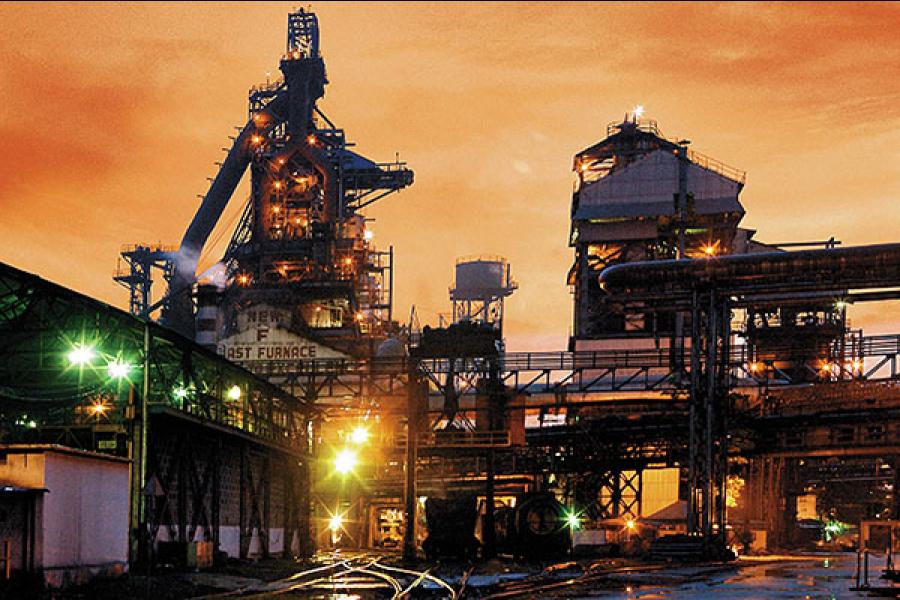
Tata Steel Plans to Tap SMEs
India’s largest steelmaker wants to target SMEs as the auto sector flounders
In 2010, when TV Narendran returned to the Jamshedpur unit of Tata Steel after his four-year deputation at NatSteel, the company’s subsidiary in Singapore, he had only one thing in mind: The additional capacity being added to the century-old Jamshedpur plant, and a new plant in Kalinganagar, Odisha, would specialise in flat steel, and it was up to him, as vice president of the Flat Products Division, to sell all of it.
“The auto sector is the largest consumer of flat steel. But we wanted to make sure we develop another segment also. For the last two years, we have been doing that,” says Narendran.
To sell its 13 million tonnes of flat steel, which it will produce every year from 2016, the largest Indian steelmaker is betting on small and medium enterprises (SMEs), with focus on those that do not supply to the auto sector.
“From this year on, we are adding a million tonnes of flat steel capacity every year,” says Narendran. The annual capacity in Jamshedpur is increasing to 10 million tonnes of steel—7 million tonnes will be flat steel, the rest will be long steel (used largely in the construction sector). The Kalinganagar plant, being built in two phases and expected to be complete by 2016, will have a capacity of 6 million tonnes per year, all of it flat steel. It will make Tata Steel the largest producer of flat steel in India, and one of the largest in the world.
SMEs consume almost 40 percent of steel produced in India. They consume in small sizes, and, instead of buying from steelmakers themselves, they buy from stockists and distributors. Now, organised players like Tata Steel want to remove the middlemen and improve their own margins. Competition is intense, with rivals like Essar Steel and JSW Steel also specialising in flat steel.
Essar and JSW have also targeted SMEs through their retail outlets, but Narendran is hoping Tata Steel’s scale would be unmatchable. “We have mapped the segment, and have a directory of more than 5,000 customers,” he says. The company will use its network of more than 40 service centres, which is being expanded, to customise the product according to customer needs.
With the auto sector going through tough times, and car sales experiencing negative growth for the first time in 10 years, in March, SMEs will be all the more important. But Tata Steel will have to be wary of SMEs selling to the auto sector. “We are aware that 70 percent of them supply to the auto sector. So, we have tweaked our strategy and are focusing more on SMEs who cater to other sectors, such as railways and engineering,” says Narendran.
The focus is yielding results. From selling about 20,000 to 30,000 tonnes of steel to SMEs every month earlier in the 2012-2013 financial year, the company now sells 90,000 tonnes a month. Narendran is aiming to sell about 2 million tonnes a month by 2016.
(This story appears in the 03 May, 2013 issue of Forbes India. To visit our Archives, click here.)
-
 Cgn
CgnA fine example set by the steel players by reaching out to SMEs directly, the Indian market suffers from a lot inefficiencies due to the middlemen culture. Reaching out to customers directly (in this case the SMEs) will result in reducing number of echelons which in turn will reduce the operating expenses and turnaround times. These changes will reflect in a drastic improvement in the company’s bottom line. The next stage could be considering a profit sharing model so that more and more SMEs adopt the model. It’s about time we flushed out such inefficiencies from the system.
on Apr 27, 2013















